Rejuvenating Our Landscapes: How the Next Decade Is Critical for the Planet
As we near the launch of the UN Decade on Ecosystem Restoration (2021-2030), landscape restoration has been propelled to the top of the global sustainable development agenda. This new decade sets out to “prevent, halt and reverse the degradation of ecosystems worldwide” as a fundamental means of achieving the 2030 Sustainable Development Goals (SDGs). With nearly three-quarters of our Earth’s land degraded by human interventions and over one billion people now living in degraded areas, we must ask ourselves: what can we, as a global community, do to change this?
Planetary landscape degradation is a grave threat to our common future. This is why the UN Decade is setting out to restore forests, grasslands, croplands, wetlands (notably peatlands), savannahs, and other terrestrial and inland water ecosystems. Other target areas include marine and coastal ecosystems (including mangroves), and urban environments. Beyond its ecological benefits, restoration is a valuable opportunity for the generation of sustainable livelihoods and poverty alleviation. According to the UN Decade, restoring 350 million hectares of degraded landscapes by 2030 can generate $9 trillion USD in ecosystem services and significantly boost rural economies. The price tag of this restoration effort – an estimated $800 billion USD, is actually less than two years’ worth of global subsidies to the fossil fuel industry, as pointed out by Inger Andersen, the Executive Director of UNEP. To achieve these ambitious goals, new coalitions and partnerships between international organizations, governments, research, the private sector, financiers and, above all, civil society and grassroots actors, will be required. The global restoration agenda is an invaluable opportunity to rethink and improve our ways of connecting international goals to local action while encouraging collaborations between groups that have rarely or never worked together before.
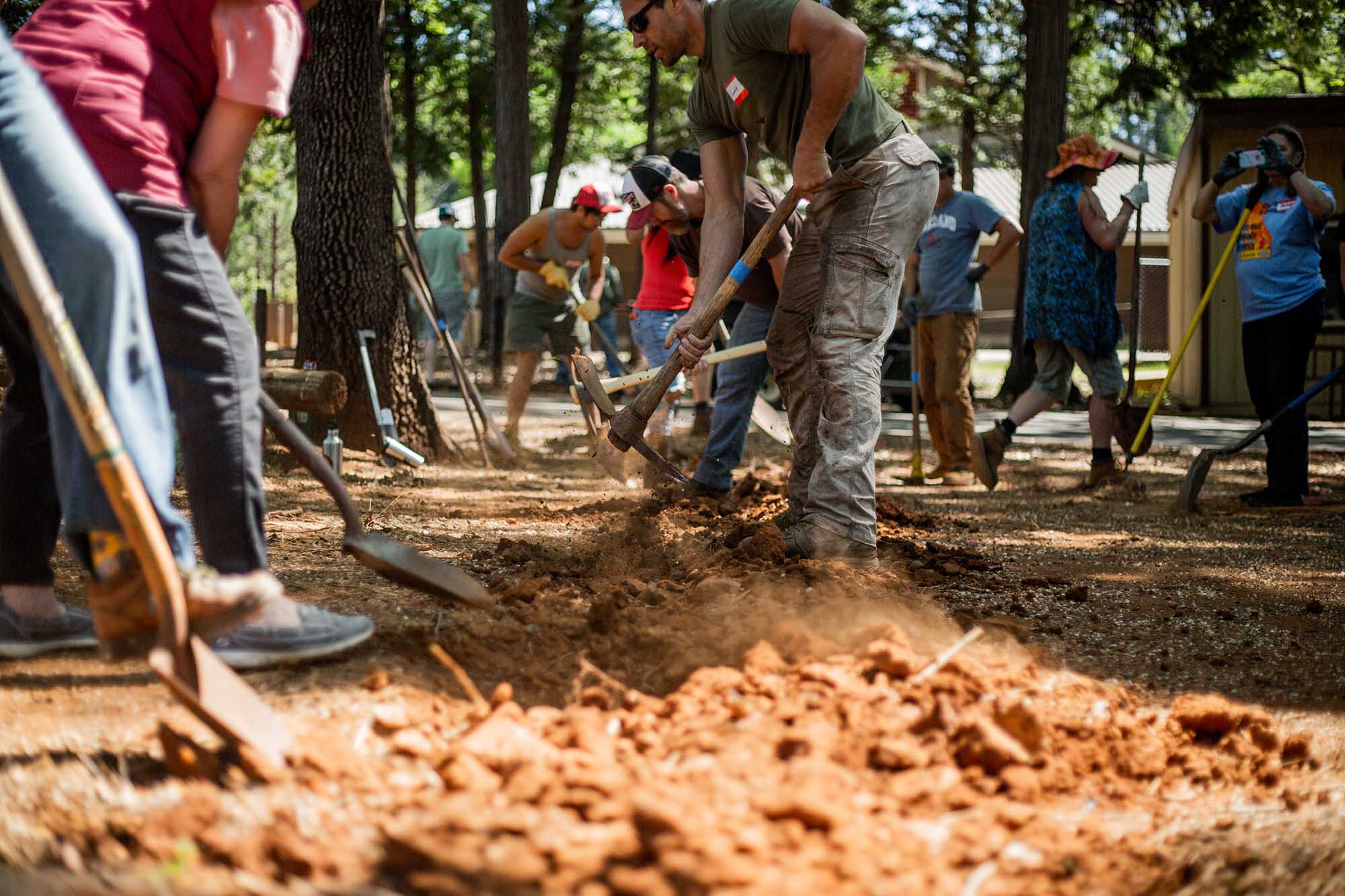
We use the term “landscape restoration” here to adopt a broader view of the multiple benefits of restoration for humans and non-humans alike. The term landscape refers to “a mosaic of two or more ecosystems that exchange organisms, energy, water, and nutrients.”1 Landscape restoration targets a broader scope of natural zones than conservation, since it does not aim to seal off “pristine” areas of natural value from human presence and intervention. Of course, biosphere reserves and natural parks are essential. But what about the rest? What do we do with our urban and peri-urban areas, our fields and villages, our industrial and commercial zones, our transport routes and our mines? Are these places in which we should simply give up on the idea of co-existing with nature, or rather existing in nature? The answer is no, because humanity is an integral part of nature – we should even recognize that the overwhelming majority of our planet’s landscapes are “anthroscapes” – landscapes that have been shaped by humans for millennia.2 More often than not, they have been shaped and remodeled in ways that have not favored the maintenance of healthy and functional ecosystems. Recognizing and understanding the damage done is the first step in learning how to become planetary stewards and helpers by deploying large-scale restoration efforts.
Inspiring examples of landscape restoration are already taking place all over the world.
Deforestation, overgrazing and destructive agricultural methods have seriously damaged the world’s soils. But living soils are the web of life upon which humans and terrestrial non-humans depend: they are essential to infiltrating and retaining water, and act as crucial carbon sinks to both inhibit climate change and mitigate its effects. Healthy soils also contain more nutrients and more microbial life, which will be crucial to feeding the 9 billion people that will inhabit this planet by 2050. They are also the backbone of biodiversity: 1 million animal and plant species are currently threatened with extinction. Like so many other natural processes, ecosystem degradation is closely interlinked with climate change through numerous feedback loops: degraded ecosystems absorb less greenhouse gas emissions as they lose their capacity to act as carbon sinks, while the ongoing effects of climate change accelerate the process of ecosystem degradation through temperature variations and extreme weather events. What is more, once a certain ecological threshold has been reached, the affected ecosystem may no longer return to its previously functional state through its inherent resilience. Given the scale of planetary degradation, it is obvious that humanity has a crucial role to play not only in restoring degraded areas, thereby supporting ecosystems’ capacities to further maintain and restore themselves.
One cannot overemphasize the fact that restoration needs to happen on all fronts, including in our most densely populated urban areas. Despite their impressive concentrations of populations, technology, wealth and infrastructure, the world’s largest metropolises are actually amongst the least resilient human agglomerations in terms of water and food security, resilience to extreme weather events and all sorts of external shocks. However, the “city-forest nexus” is also an ideal place to initiate restoration work. One such initiative, Cities4Forests, encourages cities around the globe to connect with and invest in their forests. This includes “inner forests” (city trees and urban parks), “nearby forests” (green corridors and watersheds) and “faraway forests” (tropical and boreal forests). Numerous nature-based solutions (NBS) for urban and peri-urban built environments and forests are intimately linked with landscape restoration in one way or another. The Cities4Forests’ array of NBS aim at maximizing the water, carbon and biodiversity benefits linked to these different concentric circles of forests ranging from urban centers to rural hinterlands, while supporting social cohesion and health within local communities.
Restored landscapes also offer a plethora of convincing business and entrepreneurship opportunities.
What happens when we connect the dots between these different NBS and their objectives using a system’s perspective, which is a core approach of landscape restoration? It becomes apparent that every element interacts with and is in turn influenced by the system’s other elements through a number of feedback loops. Together, these elements and their interconnections ensure a number of functions such as water retention and soil creation, which define the system. The more complex the interactions between the system’s elements are, the more crucial functions are maintained in case the system is exposed to external shocks or some elements fail or disappear within the system. Concretely speaking, this means that biodiverse, productive and healthy urban forests are far more capable of ensuring the key NBS that Cities4Forests is promoting than a row of palm trees bordering a marina. Therefore, if we aim at creating sustainable city-forest nexuses, we can adopt a landscape approach to translate these broad goals into detailed steps and interventions that can help us to truly connect the dots.
According to the new UN Decade, the main barriers to large-scale restoration are currently a lack of financing opportunities and difficulties in accessing knowledge. Another challenge is in connecting global restoration policy to the initiatives that are already taking place in the field. This will define the very success of the Decade on Ecosystem Restoration: how can its restoration targets, which number in hundreds of millions of hectares, be translated into actual results? The answer is simple: one tree at a time, one drop at a time, one swing of the shovel at a time.
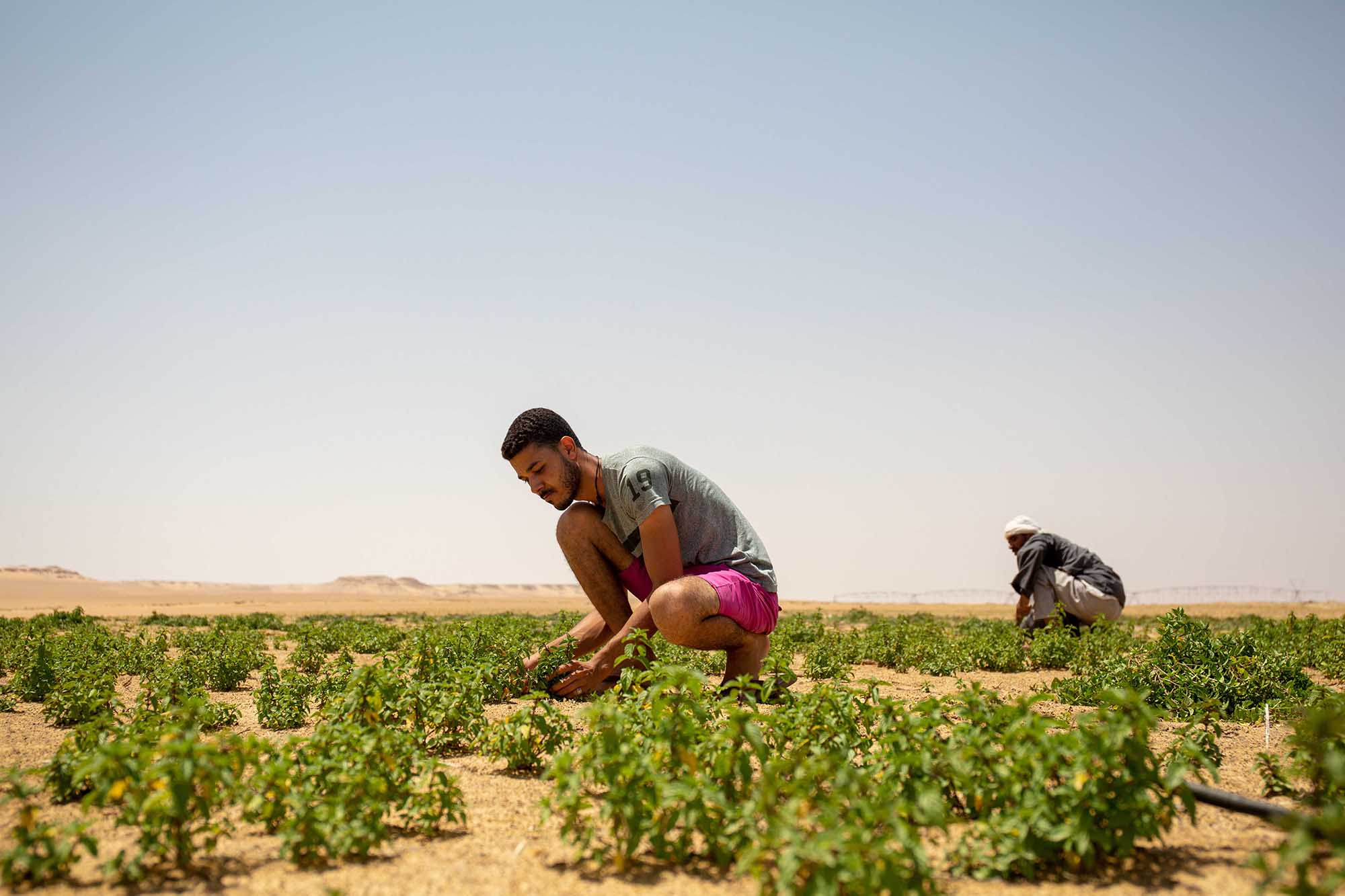
Civil society restoration initiatives
At present, it is clear that there is a determined global institutional drive to make restoration a global priority. The good news is that this drive is also reflected by a very broad spectrum of local initiatives working in the field, which are far too numerous to mention. Inspiring examples of landscape restoration are already taking place all over the world. There is no doubt that the UN Decade will be an inspiring occasion for very different types of actors to begin working on landscape restoration together, bringing a wide array of environmental, socio-economic and educational benefits. This is because restored landscapes, just like healthy people, can do many more things than when they are weak and depleted. In truth, restored landscapes also offer a plethora of convincing business and entrepreneurship opportunities. One should not overlook those who have acted as stewards and custodians of their environments for a very long time, notably indigenous groups. The Decade also aims to assist these groups in securing their land rights and further valorize and build on their knowledge.
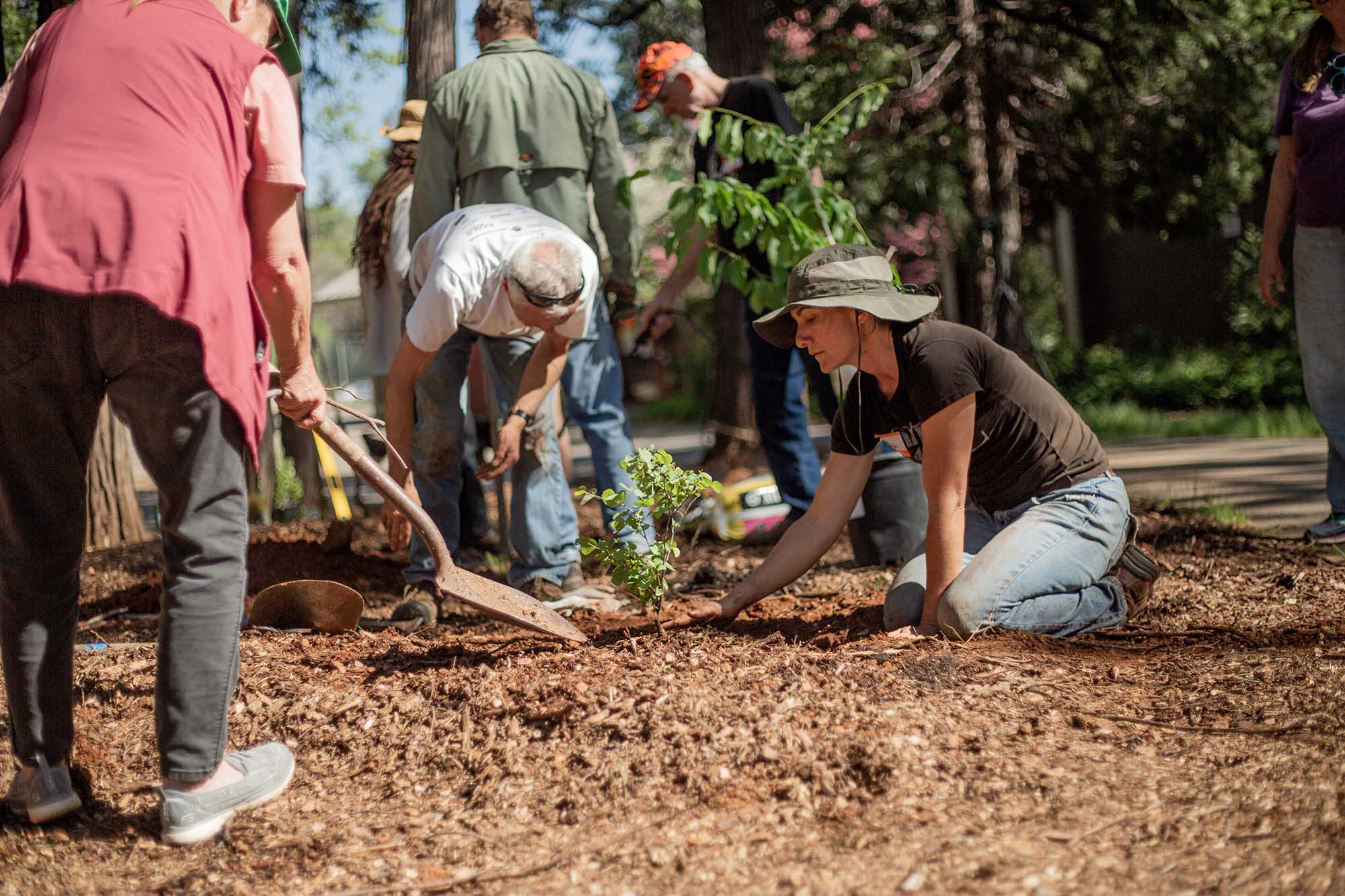
A telling example of a civil society led restoration initiative that is creating a global web of initiatives, perhaps emulating the ways in which fungi create mycelium in the soil and support the web of life of entire forests, is the Ecosystem Restoration Camps (ERC) global movement. This non-profit foundation enables people to restore degraded ecosystems and reverse ecological destruction. It now counts hundreds of members from over 30 countries around the world. Its first camp, Camp Altiplano was launched in the semi-arid high steppes of south-eastern Spain in 2017. In collaboration with the Dutch Commonland Foundation and the local Alvelal collective, the overall aim is to restore 620,000 hectares of degraded natural and agricultural land in the region while creating new jobs and learning opportunities. ERC now counts camps on every continent and aims to gather one million people by 2030 in restoring degraded ecosystems in 100 camps around the world. Now, there are 23 camps in operation located in Thailand, Australia, France, Spain, Portugal, the United Kingdom, Egypt, the United States, Brazil, Bolivia, Columbia, Guatemala, Mexico and Peru. These camps offer practical learning programs, events and workshops on landscape restoration, regenerative agriculture, agroforestry, bioconstruction, composting/soil creation and other numerous themes.
Almost 3/4 of Earth’s land has been degraded by human interventions, creating “anthroscapes.”
decadeonrestoration.org
Restoration camps can increase food security and restore sustainable livelihoods by creating new value chains based on sustainable agricultural products. In addition to these economic benefits, they can also revitalize communities and societies by building a common momentum and vision for different groups of people to work together, in order to create a sustainable future with local and tangible results. Through their restoration activities, the Ecosystem Restoration Camps engage and teach individuals from all walks of life about the benefits of direct restoration action. In addition to the inspiration and learning that this can foster amongst campers, ERCs also mitigate climate change by sequestering carbon in plants and in soil. Newly planted vegetation can create new micro-climates with lower temperatures and more humidity. Endemic fauna and flora can once again invest these previously degraded areas, and effectively do their part in recreating the local web of life. Through soil creation and landscape-level earthworks, camps assist in restoring hydrological cycles by allowing streams, springs and rivers to recover, with positive knock-on effects for local water cycles.
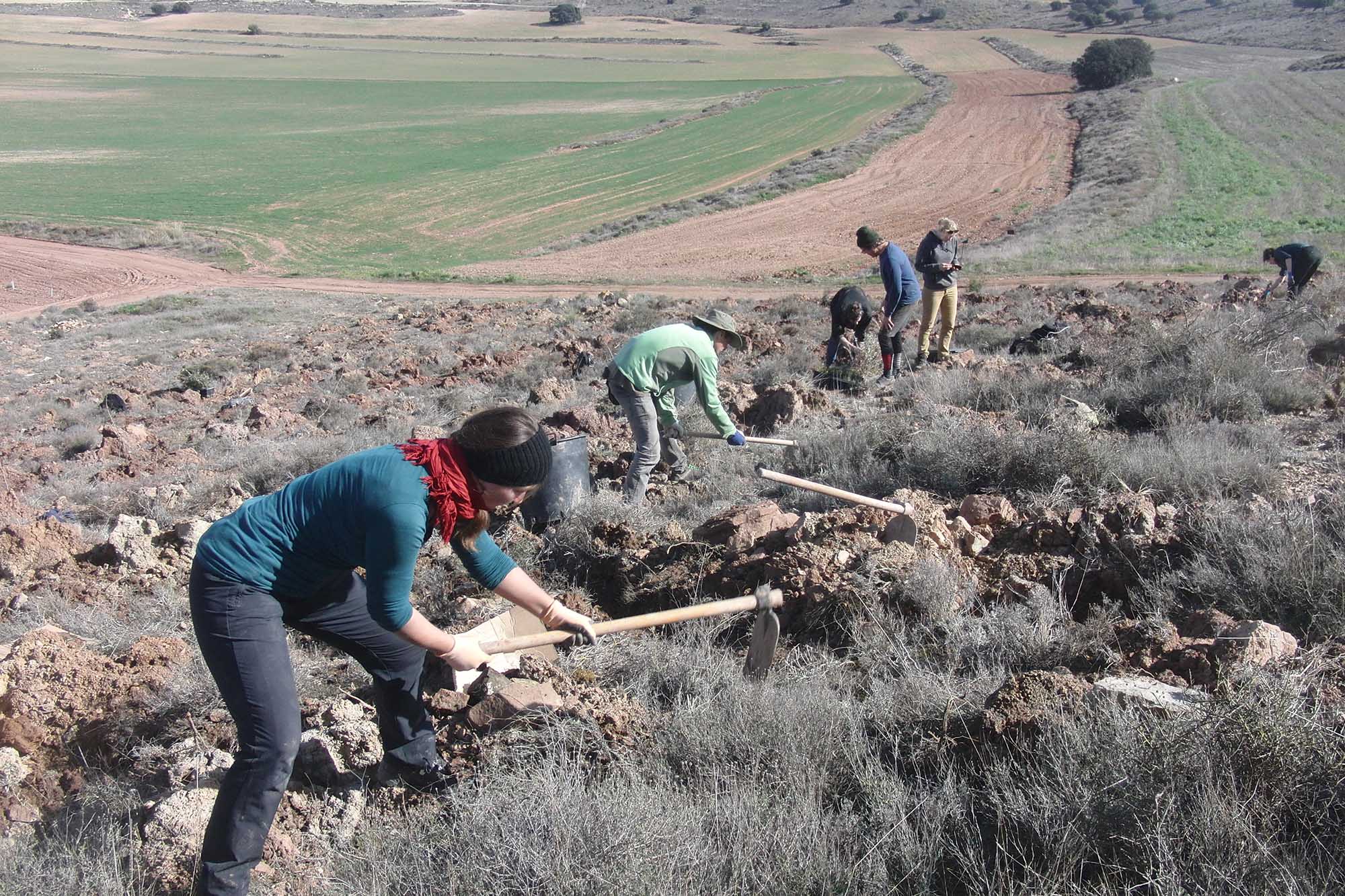
This is crucial in areas that are threatened by desertification and wild fires, as the example of the ERC Camp Paradise in California illustrates. This emergency camp emerged in the aftermath of the wildfires that devastated California in 2018 and is the world’s first ecosystem restoration disaster response camp. It is actually mobile rather than permanent, serving multiple locations in and around the “Camp Fire Burn Scar”. The Camp partners with local permaculture farms and sites to host camps, and then identifies a public location that needs ecological repair. Through pop-up camps and action days, Camp Paradise gathers locals and campers to learn and apply regenerative design, ecological restoration, community organizing and permaculture gardening.
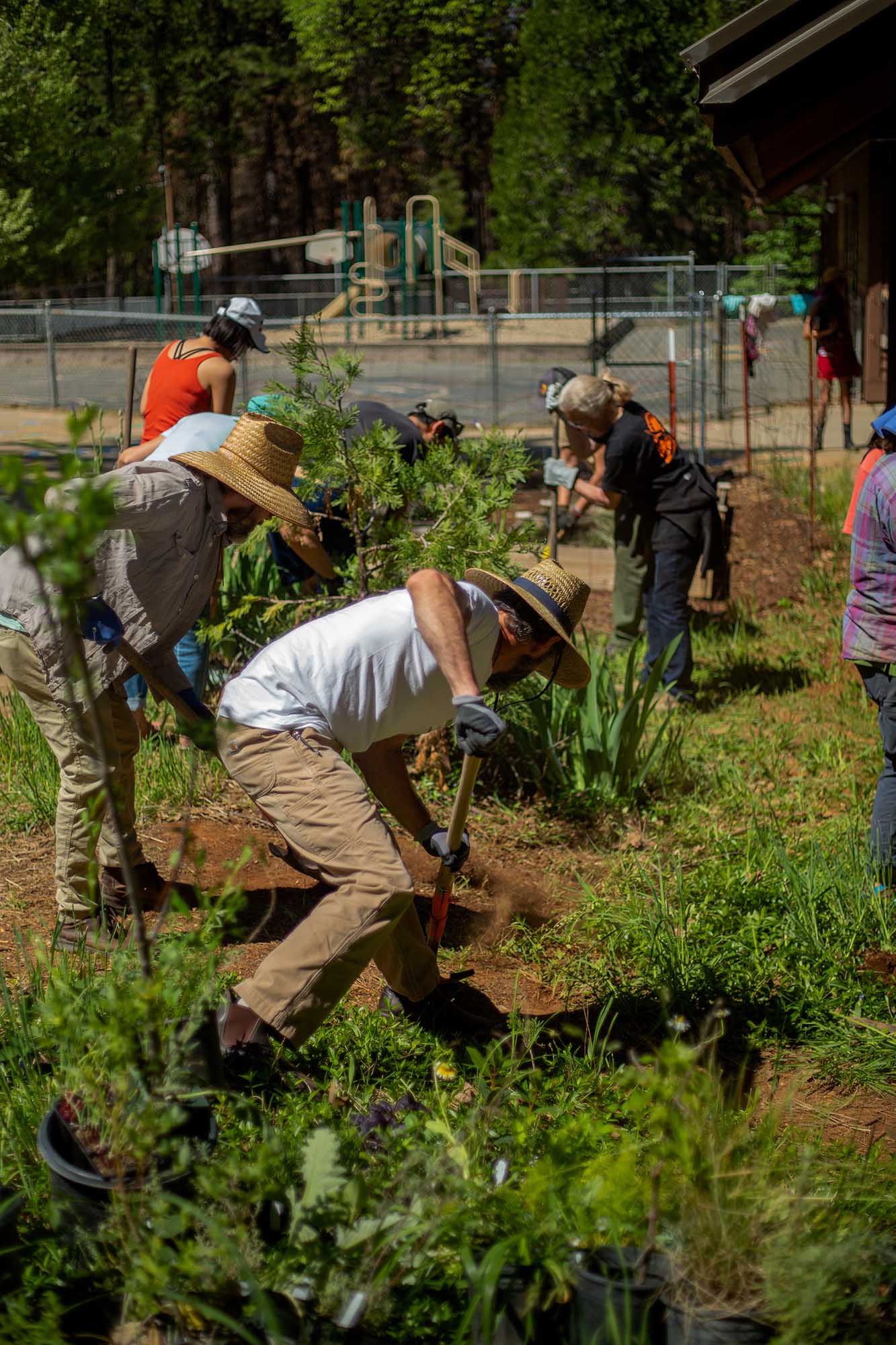
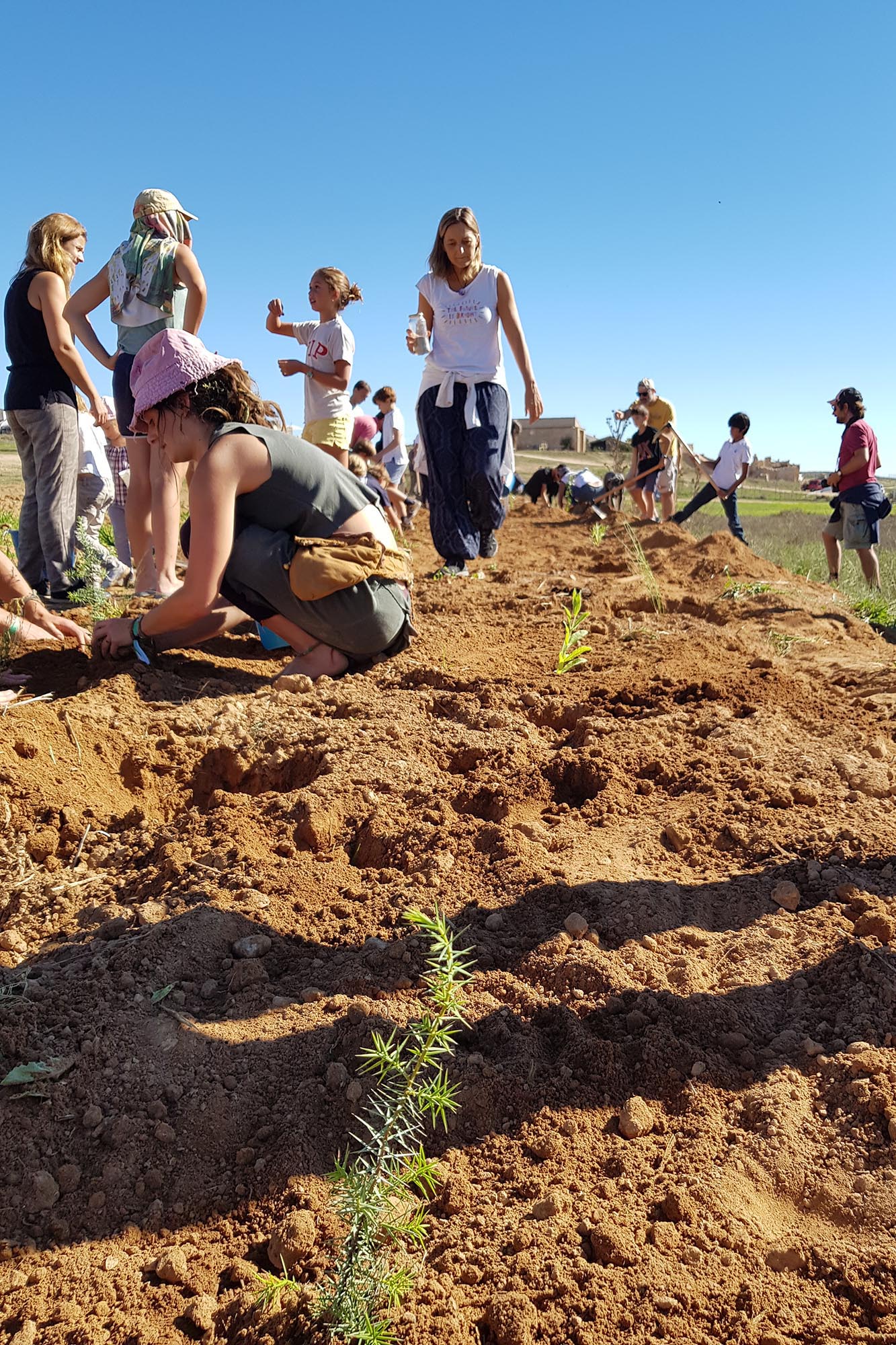
Towards stewardship of nature
“To define” means “to bring to an end”, since the Latin verb definire is composed of the prefix de (“completely” and finire (to bound, limit, from finis “boundary, end”)3. Speaking from the vantage point of regenerative agriculture, that definition can be seen as the opposite of regeneration. I would say that the same applies to landscape restoration, which does not contain any final goal or limit, although it must certainly contain targets and milestones to strive towards and celebrate once they have been reached. Indeed, all restored ecosystems will require a caring form of stewardship to maintain their key functions and further thrive. In this sense, restoration is a living and cyclical process that invites us to shift our worldview and to slow down, despite the urgency to act. Ecosystems are not machines that we can fix with a fixed protocol set of techniques or methods. As humans, through observation and caring, context-specific and -tailored interventions, we can hope to accompany their process of recovery. Conversely, and unlike machines, healthy and abundant ecosystems do not have an obsolescence date. They will simply keep evolving and transforming. Restoration work does not happen overnight: it is a generational affair, at least! The question is: will humans wholeheartedly choose to be part of the solution, or content themselves with half-hearted measures to stop being the problem?